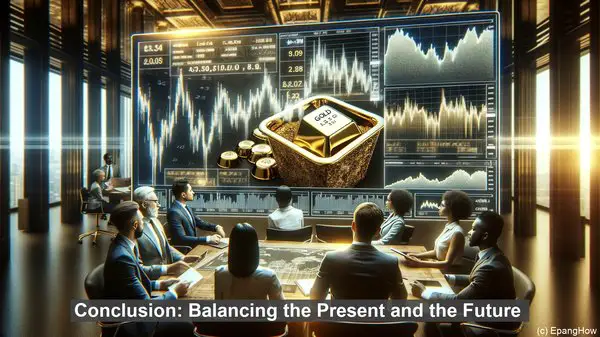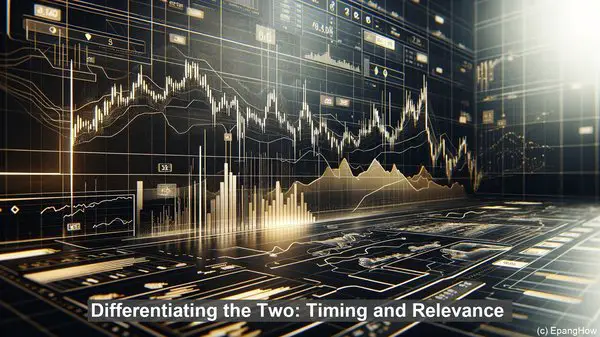Introduction: The Intricacies of Decision Making
Hello, and welcome to our article on opportunity costs and sunk costs. When it comes to making decisions, especially in the realm of economics, it’s essential to consider various factors. Two such factors are opportunity costs and sunk costs. While they may seem similar at first, they have distinct meanings and implications. Today, we’ll explore these concepts in detail, shedding light on their differences and their significance in decision making.
Defining Opportunity Costs: The Value of Alternatives
Opportunity costs refer to the potential benefits or value that is foregone when choosing one option over another. It’s the cost of not choosing the next best alternative. Let’s say you have $100, and you’re considering two investment options. Option A promises a 5% return, while option B offers a 7% return. If you choose option A, the opportunity cost is the 2% return you could have earned with option B. In essence, opportunity costs capture the value of what you give up by choosing a particular course of action.
Understanding Sunk Costs: Irrecoverable Expenditure
Sunk costs, on the other hand, are the costs that have already been incurred and cannot be recovered, regardless of the future course of action. Let’s say you’ve invested $500 in a project, but it’s not yielding the expected results. Continuing with the project may require additional resources, but the sunk cost of $500 remains unaffected. It’s crucial to understand that sunk costs should not influence future decisions, as they are essentially ‘water under the bridge’ and cannot be changed.
Differentiating the Two: Timing and Relevance
One key distinction between opportunity costs and sunk costs lies in their timing and relevance. Opportunity costs are prospective in nature, focusing on the potential gains from alternative options. They are forward-looking and play a role in decision making before an action is taken. On the other hand, sunk costs are retrospective. They pertain to past expenditures and have no bearing on future decisions, as they are irretrievable. Understanding this difference is crucial to avoid falling into the ‘sunk cost fallacy,’ where decisions are influenced by costs that should be disregarded.

Implications in Decision Making: Rationality and Efficiency
Considering opportunity costs is a fundamental aspect of rational decision making. By weighing the benefits and drawbacks of different options, individuals and businesses can make choices that maximize their overall gains. Ignoring opportunity costs may lead to suboptimal decisions, where the true value of alternatives is not fully considered. On the other hand, being mindful of sunk costs and not allowing them to influence decisions is a hallmark of efficiency. It ensures that resources are allocated based on future potential rather than past investments.

